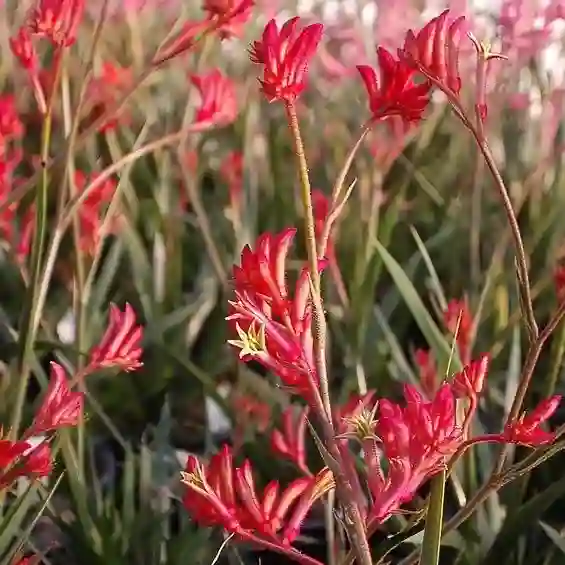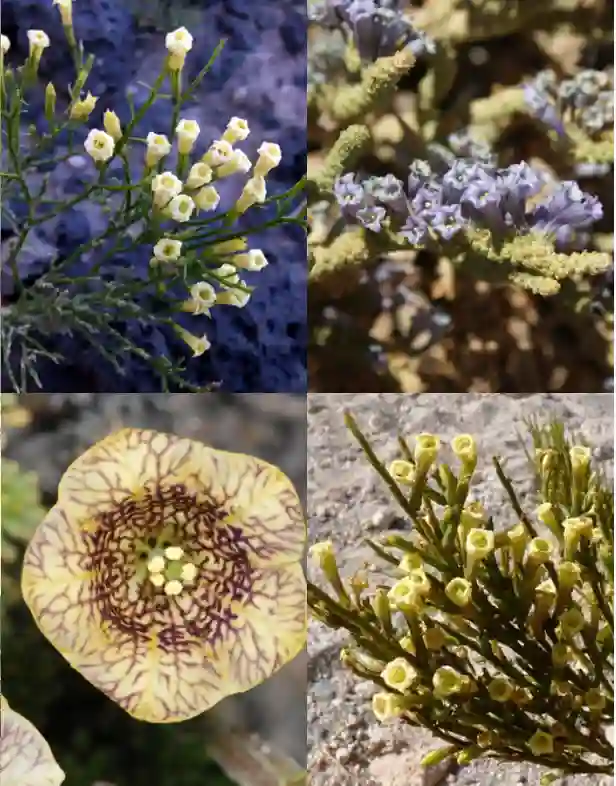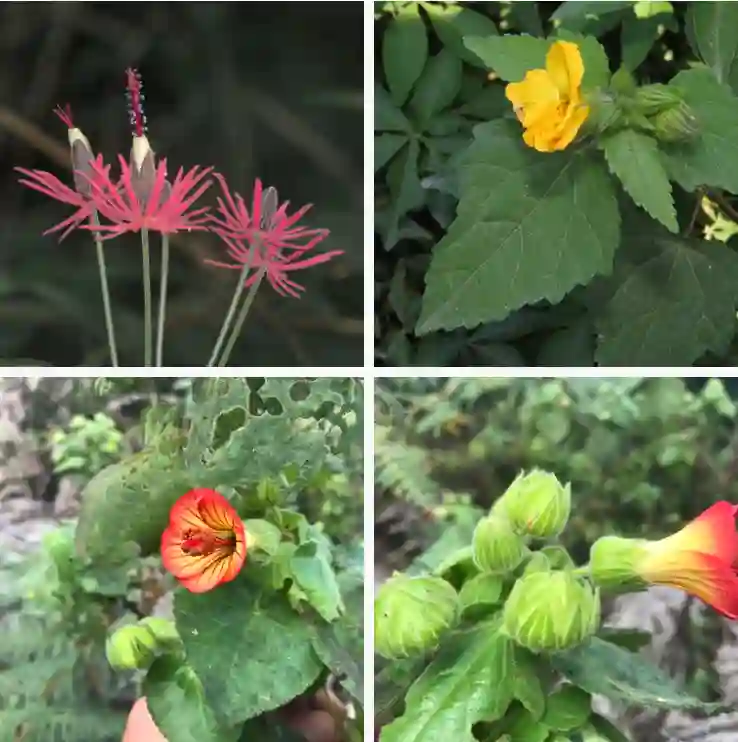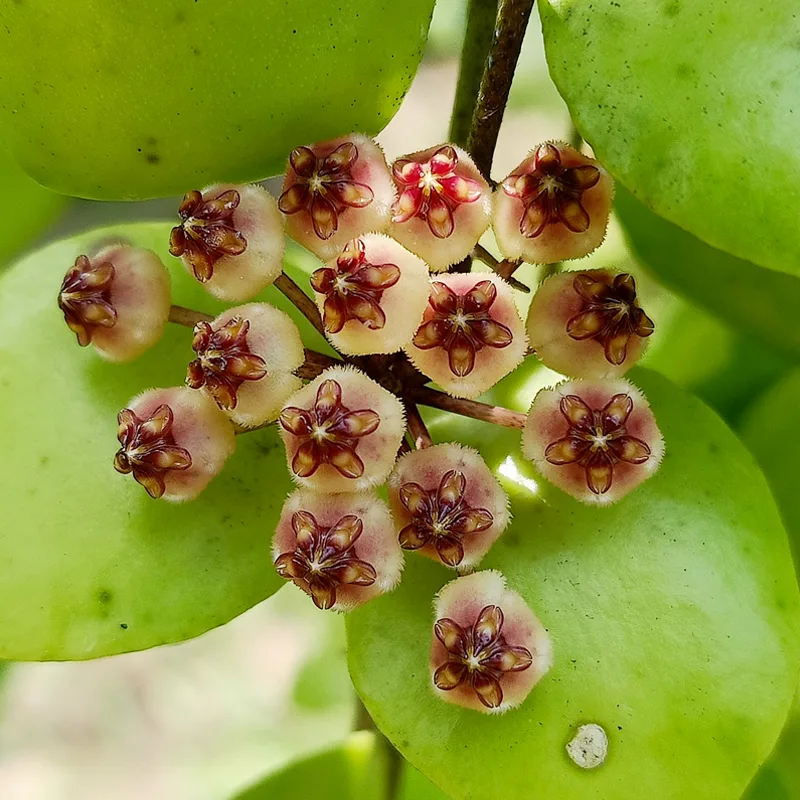FAQs About Baptisia Sparkling Sapphires
As a gardening enthusiast, I’m always on the lookout for plants that stand out in my garden. One of my recent favorites is Baptisia Sparkling Sapphires. This perennial is known for its striking blue flowers and unique appearance. Here’s a comprehensive FAQ guide based on my experiences and research about Baptisia Sparkling Sapphires.
25 Species in Genus Baptisia
What Is Baptisia Sparkling Sapphires?
Baptisia Sparkling Sapphires is a member of the Baptisia genus, commonly known as false indigo. It’s a hybrid plant known for its eye-catching, sapphire-blue flowers and its ability to add a pop of color to any garden. This variety is a compact version of the larger Baptisia species, making it perfect for smaller spaces.
How to Care for Baptisia Sparkling Sapphires?
Caring for Baptisia Sparkling Sapphires is relatively straightforward, which is one of the reasons I love it. Here’s what you need to know:
Sunlight: It thrives in full sun to partial shade. I’ve found it does best with at least six hours of direct sunlight each day. In hotter climates, some afternoon shade helps keep it happy.
Soil: This plant prefers well-draining soil with a pH between 6.0 and 7.0. I’ve had great success with a mix of loam and sand, which ensures good drainage and prevents root rot.
Watering: Once established, Baptisia Sparkling Sapphires is quite drought-tolerant. I water it regularly during the first year to help it establish a strong root system. After that, I water it only during prolonged dry spells.
Fertilizing: I typically use a balanced fertilizer once in the spring. Over-fertilizing can lead to excessive foliage growth at the expense of blooms, so I keep it minimal.
Pruning: Minimal pruning is required. I usually cut back any dead or damaged stems in early spring before new growth begins.
How to Propagate Baptisia Sparkling Sapphires?
Propagating Baptisia Sparkling Sapphires can be a bit challenging due to its deep root system. Here are a couple of methods I’ve used:
Seed Propagation: This is the most common method. I start seeds indoors about 6-8 weeks before the last frost. The seeds require a cold stratification period of about 30 days, which means I store them in a moist medium in the refrigerator before planting.
Division: Propagation through division is less common but can be effective. I divide the plant in early spring or late fall. It’s essential to ensure each division has a healthy root system to establish successfully.
What to Plant With Baptisia Sparkling Sapphires?
Baptisia Sparkling Sapphires pairs well with a variety of other plants. Here are a few companions I’ve found to work particularly well:
Perennials: It looks great with other perennials like Coneflowers (Echinacea) and Black-eyed Susans (Rudbeckia). Their contrasting colors and shapes create a dynamic garden display.
Grasses: Ornamental grasses such as Blue Oat Grass (Helictotrichon sempervirens) complement its blue tones and add texture to the garden.
Shrubs: Combining it with shrubs like Lavender (Lavandula) or Spirea adds a layer of structure and color contrast.
How to Use Baptisia Sparkling Sapphires in Landscaping?
I use Baptisia Sparkling Sapphires as a focal point in my garden beds. Its vibrant blue flowers draw attention and add a burst of color. It also works well as a border plant or in a mixed perennial bed. Its upright habit makes it an excellent backdrop for shorter plants.
Is Baptisia Sparkling Sapphires Toxic?
Baptisia Sparkling Sapphires is generally considered non-toxic to pets and humans. However, as with many plants, it’s best to avoid ingestion, especially for pets that might chew on plants.
Common Pests and Problems
While Baptisia Sparkling Sapphires is relatively low-maintenance, it can occasionally face some issues:
Pests: It’s mostly pest-resistant, but I’ve occasionally spotted aphids or spider mites. I manage these with natural insecticidal soap if they become a problem.
Diseases: Powdery mildew can be a concern in humid conditions. Ensuring good air circulation around the plant helps prevent this issue.
Conclusion
Baptisia Sparkling Sapphires is a fantastic choice for gardeners looking for a striking, low-maintenance perennial. Its unique blue flowers, ease of care, and compatibility with other plants make it a valuable addition to any garden. Whether you’re a seasoned gardener or just starting out, this plant is sure to bring a touch of brilliance to your outdoor space.
If i die, water my plants!



